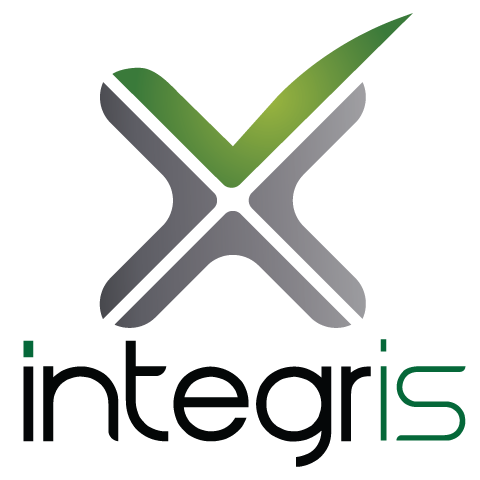About
It is essential to have a basic knowledge of a wide range of mathematical techniques in order to use business data effectively. This module introduces and builds on a range of mathematical concepts and techniques. Students will be able to develop their analytical skills in order to make informed business decisions based on a wide range of data sources. This module also develops a student’s ability to present data in a meaningful and systematic way.
Syllabus
Basic Number –
- Directed number
- Order of operation (BODMAS)
- Rounding to a given number of significant figures
- Fractions
Indices and Standard Form –
- Powers and indices
- Standard form
Manipulating algebraic expressions and solving equations –
- Simplifying algebraic expressions
- Solving linear equations
- Changing the subject of an equation or formula
Linear graphs and simultaneous equations –
- Graphs of the form y = mx + c
- Finding the equation of a line
- Solving simultaneous equations graphically
- Solving simultaneous equations algebraically.
Ratio and Proportion-
- Using ratio
- Proportion and best value
- Conversion of foreign currencies
- Direct and inverse proportion
Probability –
- Mutually exclusive and independent events
- Calculating probabilities
- Conditional probability
Representing data –
- Types of data
- Representing data
- Frequency diagrams
- Pie charts
- Histograms
- Calculating mean, median and mode
Measures of dispersion –
- Range
- Standard deviation
- Percentages –
Increasing and decreasing by percentages - Percentage change
- Simple and compound interest
- Reverse percentages
Non-linear graphs –
- Drawing and recognising non-linear graphs
- Solving quadratic equations graphically
Quadratic equations –
- Solving quadratic equations by:
- Factorising
- Completing the square
- Using the quadratic formula
Time-series –
- Time-series graphs
- Moving averages
- Forecasting
- Transformations of graphs
Learning Outcomes
- Use a range of mathematical and statistical techniques and concepts
- Describe and summarise data
- Apply the laws of probability to a range of scenarios
- Use data for the purposes of forecasting








